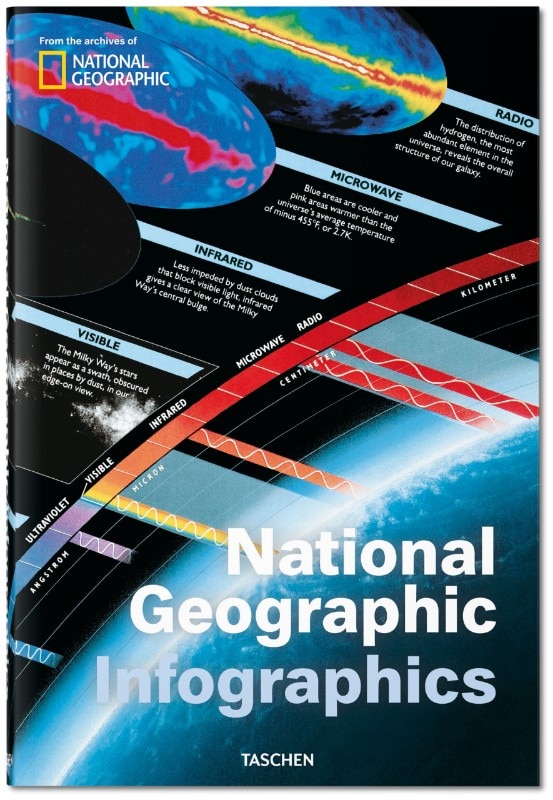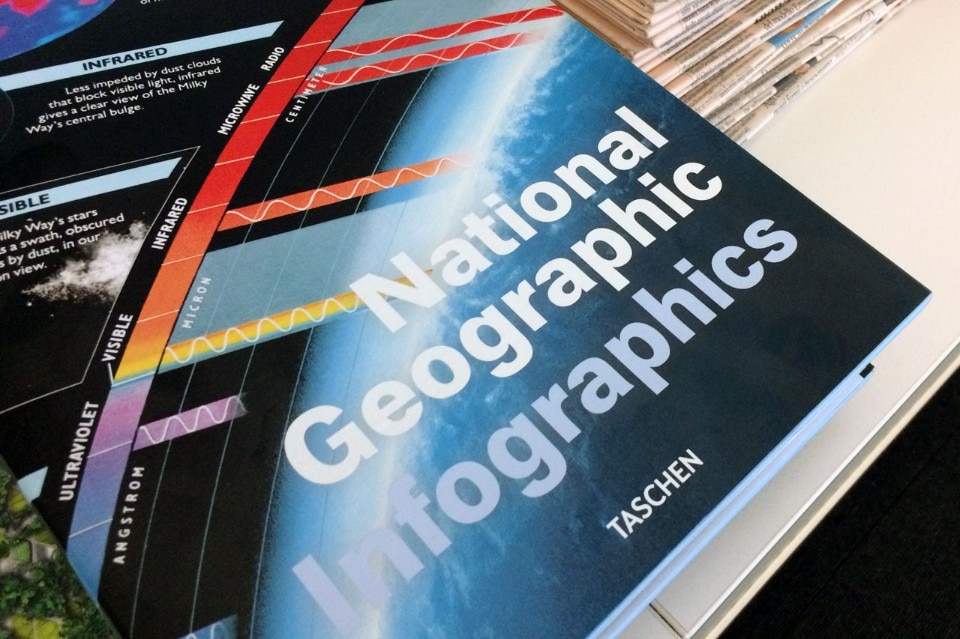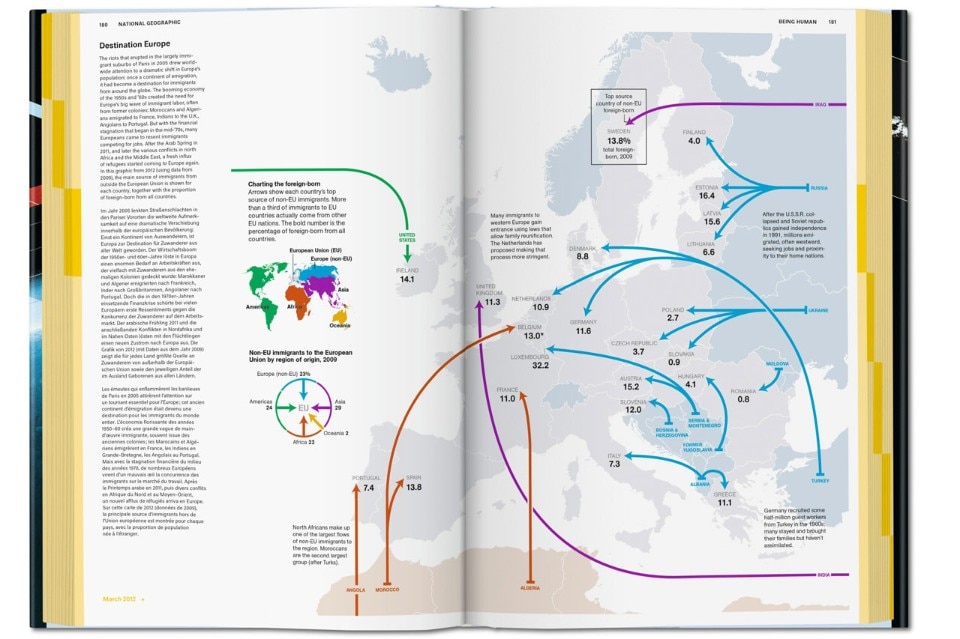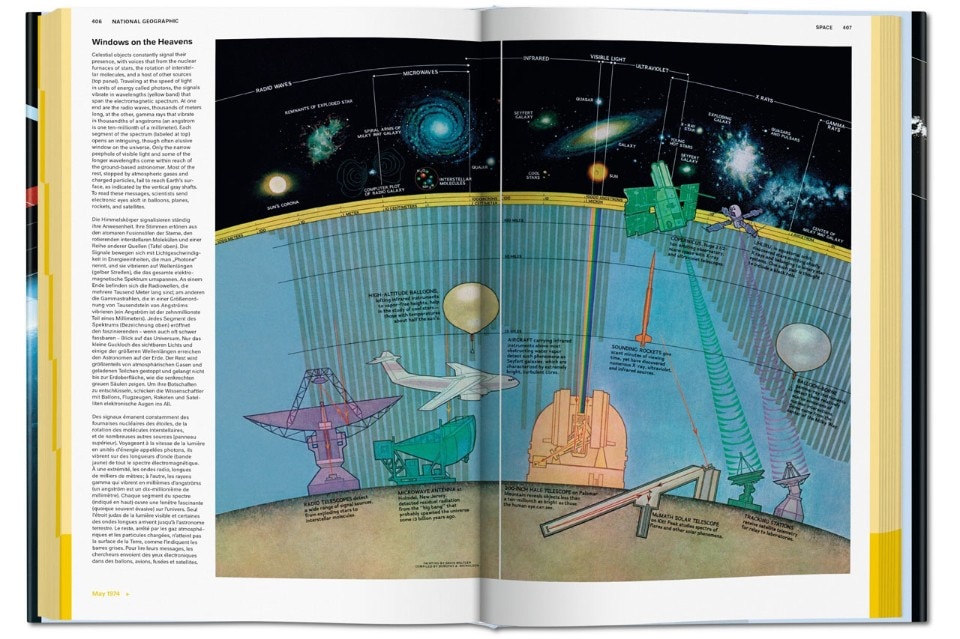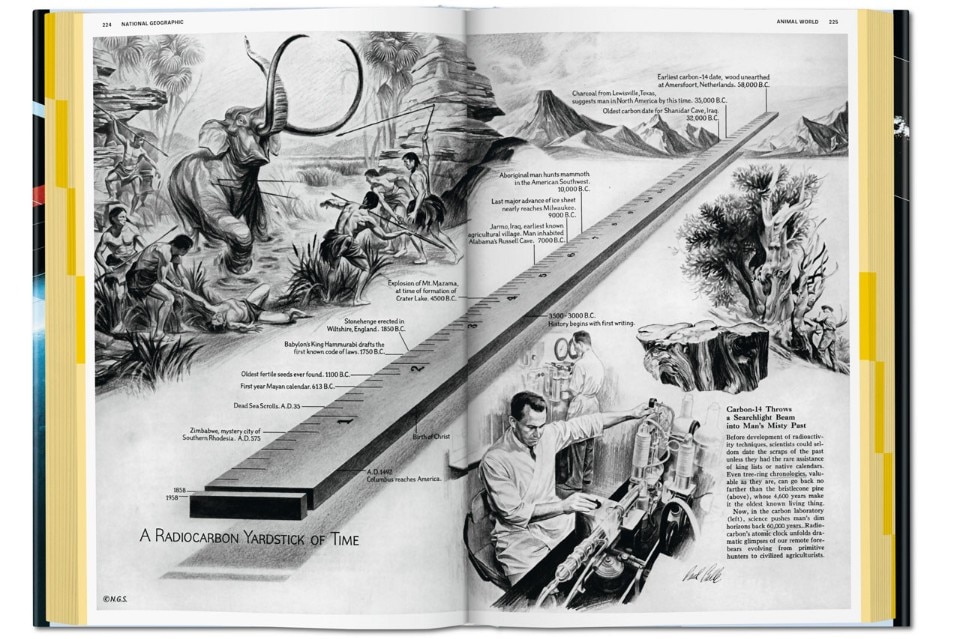For many years now, one of the unattained aims of the technological evolution has been to dominate information overload, the enormous and growing quantity of data produced and distributed every second throughout the world. The problem was already present in 1945, when the American engineer Vannevar Bush conceived the idea of a complex instrument that aimed to solve it. He called it Memex (combining Memory and Extension). Never built, only designed, the Memex was a kind of mechanised desk to help manage documents by combining them in a non-linear way similar to the way our mind functions. The mind associates different concepts based on connections (links), and so the idea was a forerunner of the hypertext, the core of the Wold Wide Web. With innovative instruments, reasoned Bush, it would be possible to give new forms to knowledge, governing in some way the surfeit of information. Now it is clear that the Web has not only failed to solve the problem, but also made it much worse.
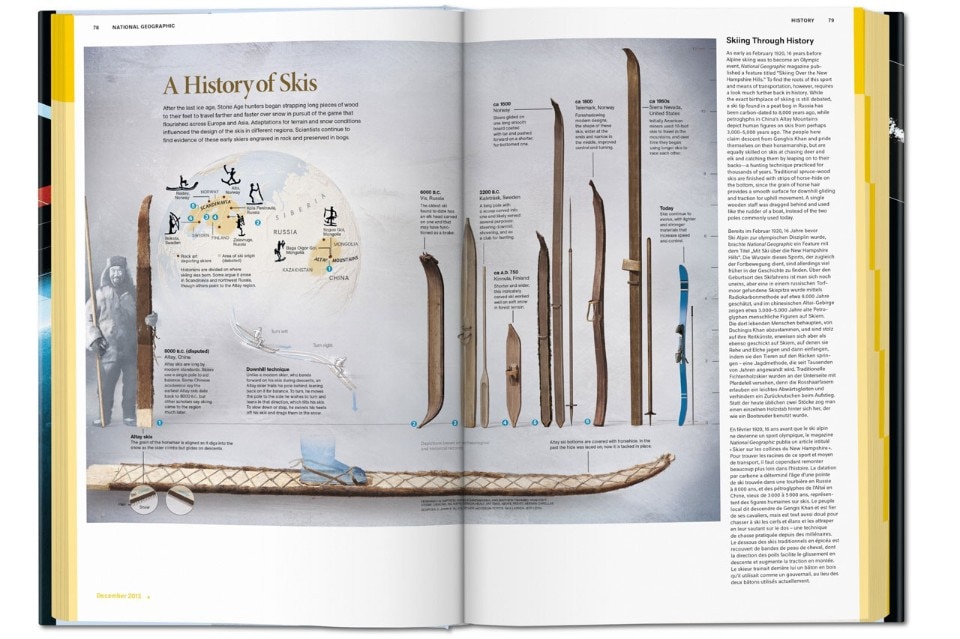
Many years before Vannevar Bush had his idea, in October 1888, a means was born that on the surface had a whole different aim (exploring and explaining our world) but that would find itself facing very similar problems to the ones described by the engineer precursor of the hypertext, and solve them, often brilliantly. We are referring to the National Geographic Society’s magazine, which in celebration of its 128th birthday has published the book National Geographic Infographics, in which it unites the most interesting infographics seen in its pages over the decades.
